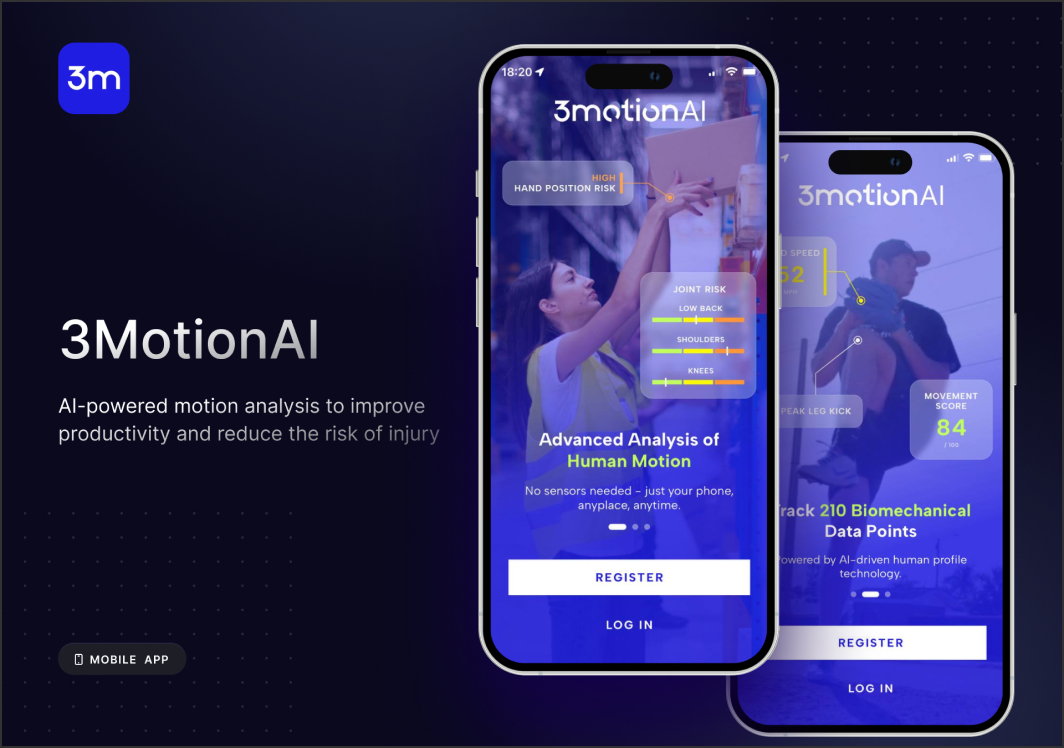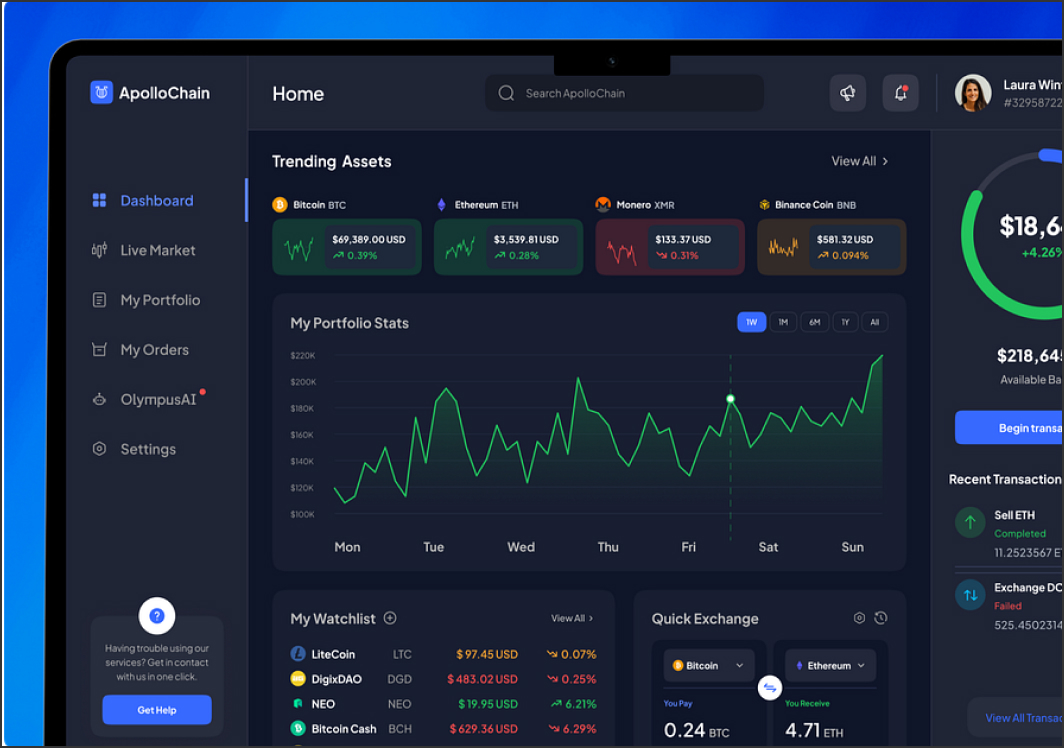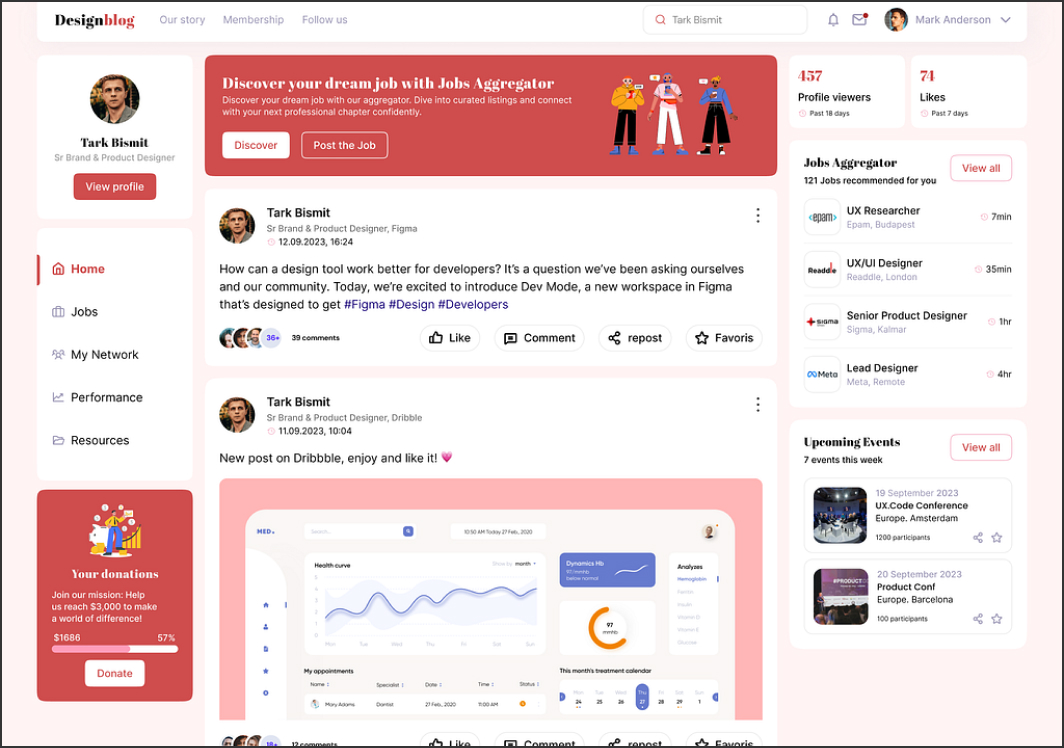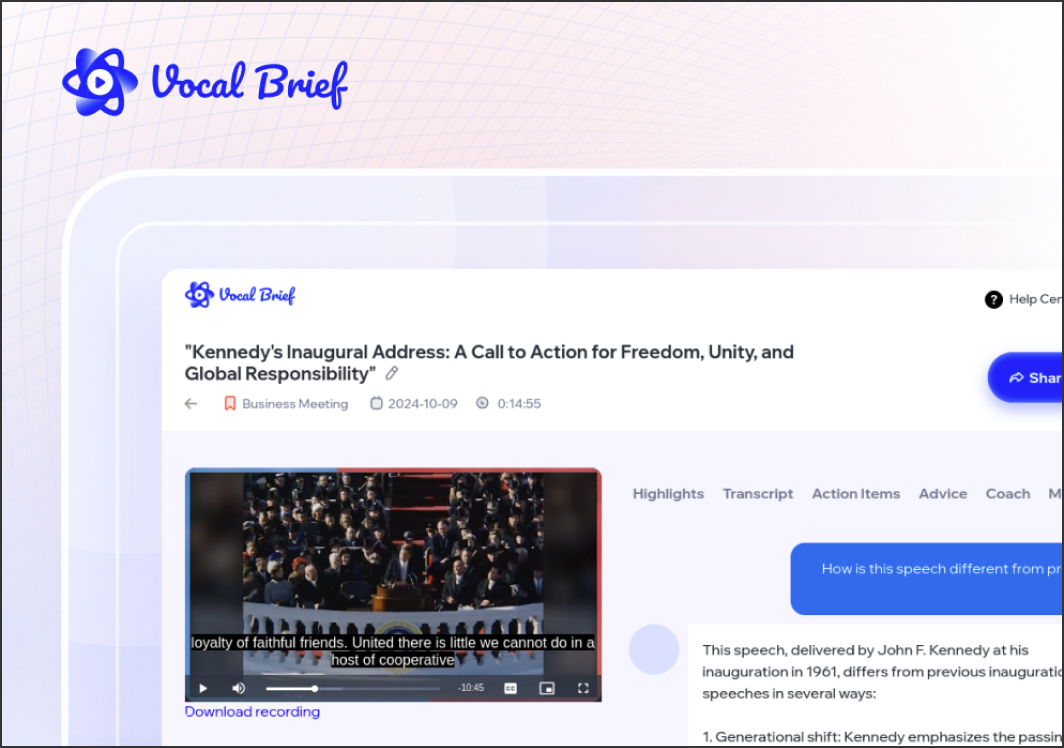Questions about hiring
Next.js is an excellent choice for small businesses because it offers great performance, SEO benefits, and scalability while keeping development simple. It allows businesses to build fast-loading websites that rank well on Google, improving their online presence. With features like static site generation (SSG) and server-side rendering (SSR), even content-heavy sites remain snappy and efficient.
Next.js is primarily a frontend framework built on top of React. However, it also includes backend capabilities, such as API routes and server-side rendering, which allow developers to handle some backend logic without needing a separate backend framework.
Next.js is used for building modern web applications with features like: Static and dynamic websites, E-commerce platforms, SaaS applications, Marketing websites, Dashboards and admin panels, Headless CMS solutions. It offers great performance, SEO optimizations, and flexibility.
You can host Next.js applications on various platforms, including: Vercel (default, optimized for Next.js), Netlify (great for static and hybrid apps), AWS, GCP, Azure (scalable enterprise solutions), Traditional VPS/Dedicated Servers (for self-hosting).
Next.js improves performance, SEO, and development efficiency. Key reasons to use it: Built-in SSR & SSG for better SEO & speed, Automatic code splitting for faster load times, Static & server-side hybrid rendering, API routes for backend logic, Optimized image loading with next/image.
Next.js supports all React-compatible state management solutions, such as: React’s built-in state & Context API, Zustand, Redux Toolkit, Recoil, Jotai, or MobX.
Next.js handles SSR by fetching and rendering pages on the server before sending them to the client. This improves SEO, ensures dynamic content is fresh, and reduces the time to first paint (TTFP). Pages use getServerSideProps() to fetch data at request time.
Next.js helps developers build high-performance, scalable, and SEO-friendly web applications. It extends React by adding: SSR & SSG, Optimized routing, Built-in API routes, Automatic code-splitting & lazy loading.
Next.js is built on React but adds features like SSR, SSG, routing, and API handling. If you need SEO and performance, Next.js is the better choice. If you're building a purely client-side app, React may be enough.
Yes, Next.js requires Node.js for development and SSR.
Next.js enhances React by adding features like routing, SSR, and automatic optimization. If you need SEO, performance, and scalability, Next.js is better. But React alone is still great for simple client-side applications.
The App Router in Next.js 13+ introduces several powerful features that enhance performance, flexibility, and developer experience: - React Server Components – Improves performance by reducing client-side JavaScript and enabling server-side rendering at a finer level. - Streaming & Suspense Support – Allows rendering parts of the UI as soon as they are ready, leading to faster page loads and better user experience. - Parallel & Nested Routing – Enables more flexible and scalable application structures by allowing multiple layouts and nested routes. - Improved API Handling – Uses server actions and handlers to simplify API requests and reduce the need for custom API routes.
Yes, Next.js is open-source and maintained by Vercel. It is released under the MIT license, making it free to use and modify. The source code is publicly available on GitHub, where developers can contribute to its development, report issues, and suggest improvements. Next.js has a large and active community, with regular updates and new features being added to enhance performance, scalability, and developer experience.
Top Next.js courses include: Next.js official docs & tutorials (free), Frontend Masters – Next.js Masterclass, Academind – Next.js Complete Guide, The Odin Project – Next.js module, and several courses on Udemy. Popular Udemy courses include: [Next.js & React – The Complete Guide by Maximilian Schwarzmüller](https://www.udemy.com/course/nextjs-react-the-complete-guide/), and [Build and Deploy a Full-Stack Next.js App by Sonny Sangha](https://www.udemy.com/course/build-and-deploy-a-full-stack-nextjs-app/).
Real-World Next.js by Michele Riva (Amazon link). This book teaches high-performance Next.js applications for production, covering SSR, SSG, APIs, and real-world best practices.






































